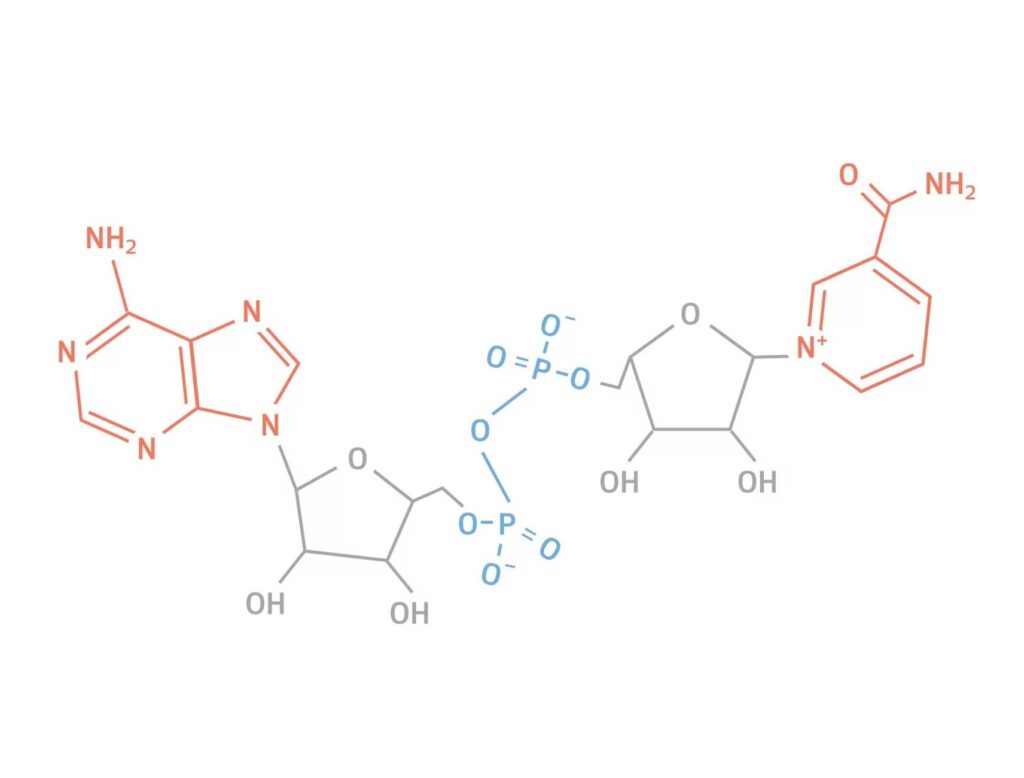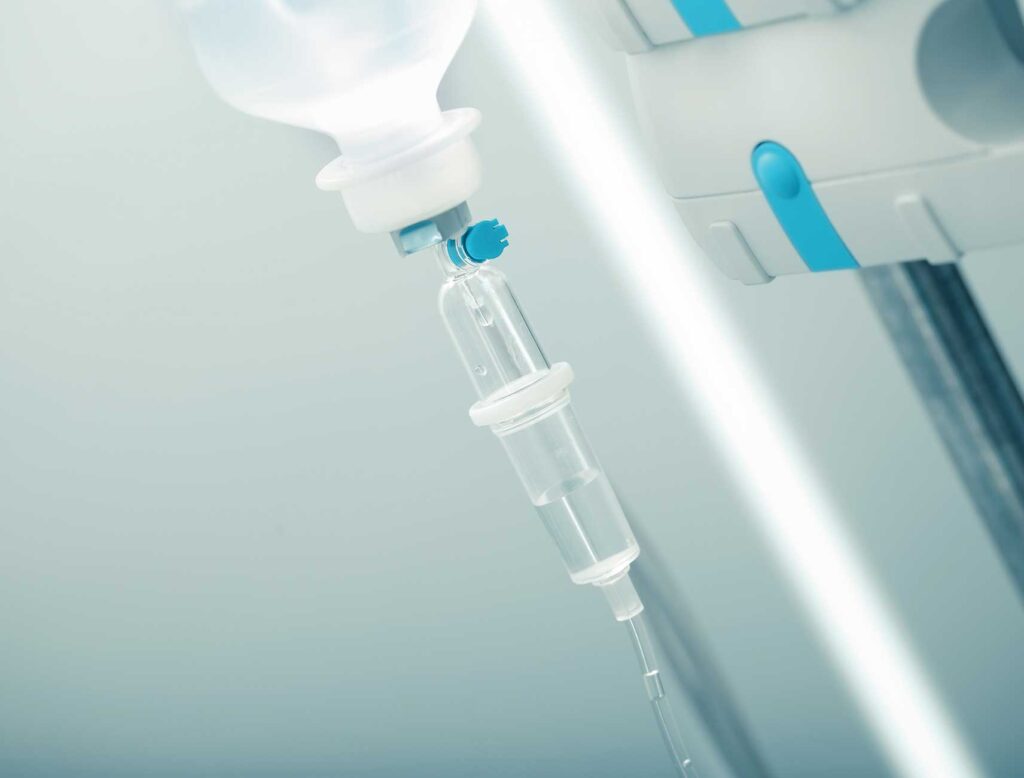NAD+ Therapy
What is NAD+?
NAD+ stands for Nicotinamide Adenine Dinucleotide, and is a co-enzyme. Co-enzymes bind to other enzymes in the body to activate them and generate molecular reactions. NAD+ is present in every cell of the body, and plays a critical role in energy production, cellular protection against stress and aids in longevity. NAD+ levels decline with age and as a result of other conditions like addiction, stress and illness. As levels decline, imbalance can lead to problems with key molecular processes leading to accelerated degeneration. NAD+ is essential for promoting cellular regeneration and repair in neuropsychiatric conditions such as addiction and other neurodegenerative disorders.

Who can benefit from NAD+?
NAD+ has been using for several decades as a holistic approach for the treatment of various forms of addiction. A paper was initially published in 1961 by Dr. Paul O’Hollaren who documented successful treatment of multiple forms of substance use in many patients with NAD+ infusions. More recent research in NAD+ has found that components of NAD+ metabolism and NAD dependent enzymes can influence major signaling processes associated with the neurobiology of addiction. These studies suggest raising intracellular NAD+ levels may aid in the management and treatment of addictive behavior, reducing cravings and withdrawal symptoms in patients suffering from substance use. It is important to note NAD+ by itself is not a fix for addiction or substance use disorders, but may be an effective component of your multi-faceted treatment plan. NAD+ may also be helpful as an adjunctive treatment in other conditions like anxiety, depression, PTSD, fibromyalgia, neurodegenerative disorders, chronic fatigue and pain syndromes.

What is the treatment like?
Our NAD+ treatment is given through an IV, as this route is the most efficient and effective way to receive NAD+. A typical treatment takes around 1 to 2 hours and is generally tolerated well. The most common complaint is minor discomfort at the injection site. Some patients have reported malaise, nausea, cramping, headache, abdominal pain during the infusion, although these feelings typically resolve with slowing of the IV drip infusion. Following treatment, many patients report reduced cravings and withdrawal symptoms, improved mood and focus, and increased energy. Treatment is individualized based on indication, typically four treatments are recommended. Additional days of treatment can be added based on response and individual need. Some patients may benefit from maintenance infusions.
